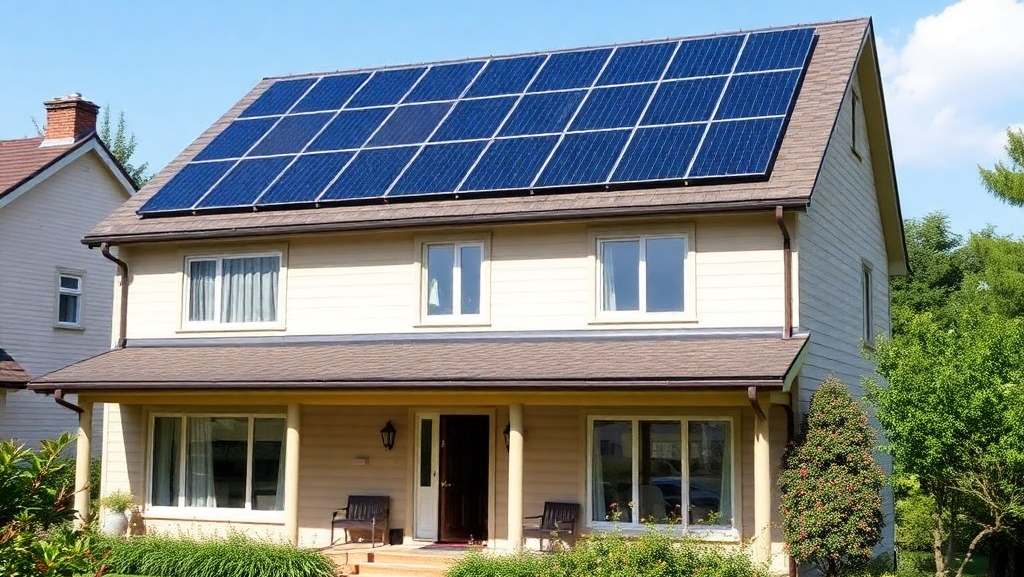When choosing the appropriate solar panel model, multiple factors need to be comprehensively considered to ensure that it meets specific power generation demands, installation conditions and budget requirements. The following are some key steps and precautions:
First, clarify the power generation demand
Calculate the average daily power:
First of all, it is necessary to clarify the average daily power demand of the equipment or system powered by the solar panels. This can be estimated by multiplying the power of the device by the daily operating time.
Consider battery life on rainy days:
When calculating the average daily power, the power demand on rainy days or when there is insufficient light also needs to be taken into account. Usually, it is necessary to provide sufficient capacity for battery energy storage systems to cope with the power supply during continuous rainy days.
Second, evaluate the installation conditions
Roof type and load-bearing capacity:
Assess the load-bearing capacity based on the roof type (such as concrete, color steel tiles, tiles, etc.) to ensure that the total weight of the solar panels and their brackets is within the load-bearing range of the roof.
Installation Angle and orientation:
Determine the optimal installation Angle and orientation of solar panels based on the local latitude and seasonal changes. Generally speaking, the south direction is the best choice, and the installation Angle should be close to the local latitude.
Spatial limitation:
Consider the space limitations of the roof or installation area and select the appropriate size and quantity of solar panels.
Third, understand the types of solar panels
Crystalline silicon solar panels
Monocrystalline silicon: It has the highest photoelectric conversion efficiency, reaching about 25%, but its cost is also relatively high. It is suitable for occasions where high power generation efficiency is required and installation space is limited.
Polycrystalline silicon: Its photoelectric conversion efficiency is slightly lower than that of monocrystalline silicon, approximately 13.5-17%, but its cost is lower. It is suitable for occasions where cost is sensitive and installation space is relatively abundant.
Thin-film solar panels
The cost is relatively low, but the photoelectric conversion efficiency is also relatively low. It is suitable for occasions where cost is extremely sensitive and the requirement for power generation efficiency is not high.
Fourth, select the specific model
Power and size:
Select the appropriate power and size of solar panels based on the daily average power demand and installation space. Generally speaking, the higher the power of solar panels, the higher the power generation efficiency, but the higher the cost.
Conversion efficiency
Under the same power and size, the higher the conversion efficiency of a solar panel, the higher its power generation efficiency. Therefore, models with high conversion efficiency should be given priority.
Brand and Quality Assurance
Choose well-known brands and solar panel manufacturers with good quality guarantee services. The product quality of well-known brands is usually more guaranteed and the quality assurance service is also more complete.
Price and Budget
Select the appropriate solar panel model according to the budget requirements. Under the premise of meeting the power generation demand, try to choose products with high cost performance.
Fifth, consider other factors
Temperature coefficient
The performance of solar panels is greatly affected by temperature. The lower the temperature coefficient of a product, the higher its power generation efficiency in a high-temperature environment. Therefore, products with a low temperature coefficient should be given priority.
Low light performance
Under conditions of insufficient light or rainy days, solar panels with good weak light performance can still generate electricity. Therefore, in areas with poor lighting conditions, products with good weak light performance should be given priority.
Aesthetics and durability
For solar panels installed in prominent locations such as rooftops, their aesthetic appeal and durability should be taken into consideration. Choosing products with good appearance and durability can enhance the overall installation effect and service life.
Sixth, Summary and Suggestions
When choosing the model of solar panels, factors such as power generation demand, installation conditions, panel type, specific model, price budget and others should be comprehensively considered. It is recommended to conduct thorough research and comparison before making a choice and select the solar panel model that best suits your needs. Meanwhile, during the installation process, the guidance of professionals should be followed to ensure the quality and safety of the installation.


